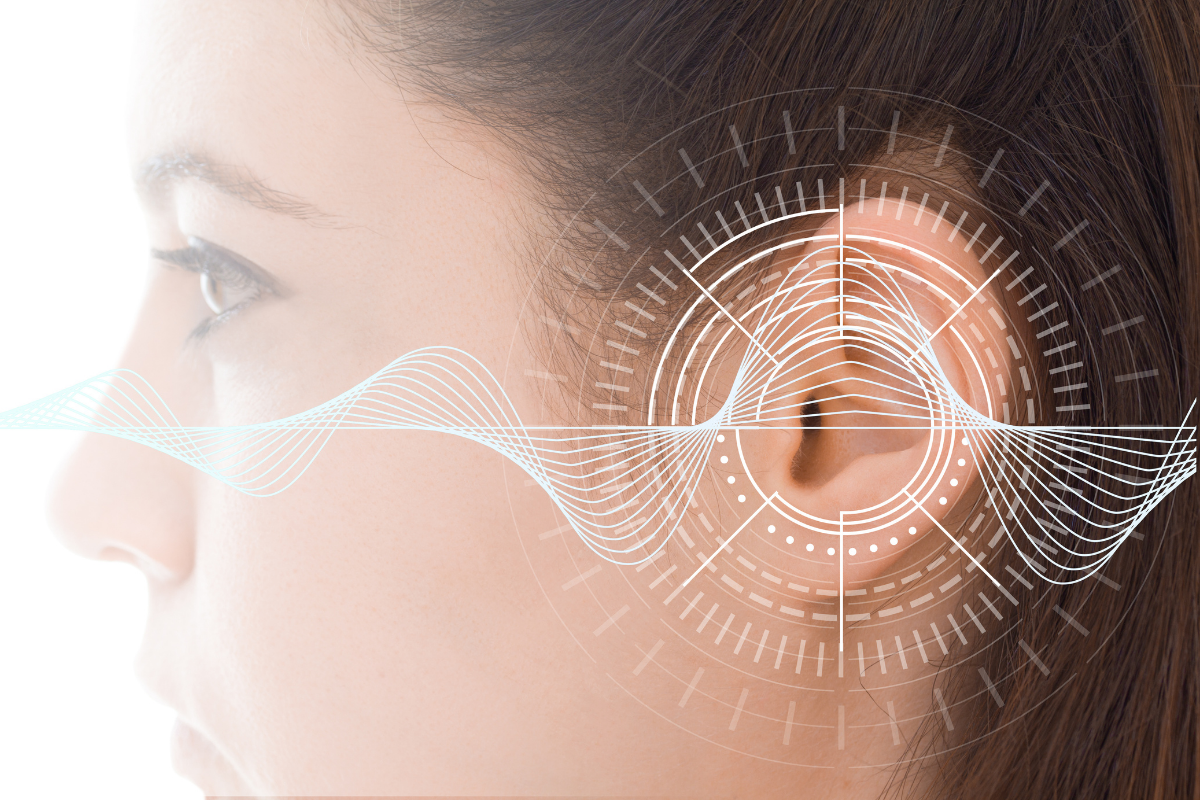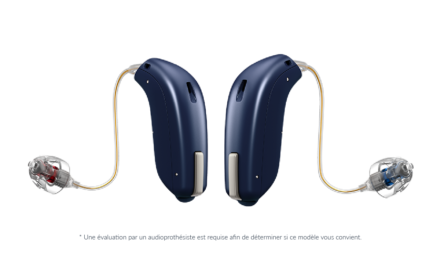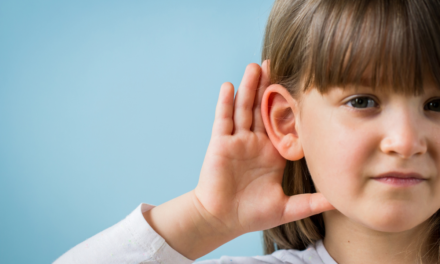What are the Solutions for Unilateral Hearing Loss?
Written by Laura Abdulnour,
Audiologist

Unilateral hearing loss is characterized by a hearing loss to one ear. It can have many impacts on the lives of those affected. However, many solutions exist to help overcome it.
Conventional Hearing Aids
Depending on the hearing impairment, the conventional hearing aid can be a solution for unilateral hearing loss. It is a device which amplifies sounds to allow the wearer to hear better.
CROS hearing aids
CROS hearing aids are worn by people with one deaf ear and one ear with normal hearing.
The device consists of a microphone worn on the deaf ear and a receiver worn on the normal-hearing ear. The microphone and receiver look like conventional hearing aids.
However, contrary to the latter, they do not amplify sounds. What they do is transmit sound from one ear to the other. The microphone picks up the sounds reaching the deaf ear and transmits them to the better ear.
BICROS hearing aids
BICROS hearing aids are very similar to their CROS counterparts. The difference is that the BICROS system is worn by people with hearing loss to both ears, with one ear being completely deaf.
Like CROS devices, a microphone is worn on the deaf ear and a receiver on the better ear. In the case of BICROS, the receiver also acts like a conventional hearing aid: it amplifies the sounds from both sides.
Bone-Anchored hearing aid
Unlike conventional, CROS and BICROS hearing aids, bone-anchored hearing aids require a surgical implantation.
A small titanium screw is surgically placed on the bone behind the ear. A small sound processor is placed on top. It captures sound waves and transmits them to the inner ear by bone vibration.
Talk about these technological solutions to unilateral hearing loss with your audiologist to know more about them and to understand which one(s) best suit your individual situation.
Your audiologist can also suggest other solutions better suited to your needs.
Listening Strategies
No matter the effectiveness of the technological tools used to counteract hearing loss, some residual difficulties always remain. That is why certain listening strategies can be applied in everyday life. For people with unilateral hearing loss, the main strategies are the following:
- Position yourself so that your better ear is toward speech.
- Position yourself as close as possible to the person speaking.
- Look at the person speaking to get visual cues from lip-reading.
- Reduce background noise or move away from the noise source as much as possible when having a conversation.
- Inform the people around that you have unilateral hearing loss and mention which ear is impaired.
Solutions for Unilateral Hearing Loss in School
Unilateral hearing loss can have considerable effects on the school career of a child. Specific school-related solutions exist to help academic progress.
FM systems
FM systems are precious tools for all school-age children with hearing loss. The teacher wears a microphone around the neck while the child wears headphones. The teacher’s voice is forwarded directly to the child’s ears, which mitigates the effect of distance and bothersome background noise.
A tiny receiver can also be added to hearing aids to send the teacher’s voice directly in the child’s ears.
Optimized placement
If your child has hearing loss, even if just mild, the teacher should be notified to ensure that he always has an optimized placement in the classroom.
Optimized placement in the classroom means being at the front of the class and placed according to the better ear.
Have questions about solutions for unilateral hearing loss? Contact us!
One of our members will be happy to answer your questions.

 1.800.909.ODYO
1.800.909.ODYO support@odyo.ca
support@odyo.ca Online
Online  Shop
Shop  Blog
Blog 








